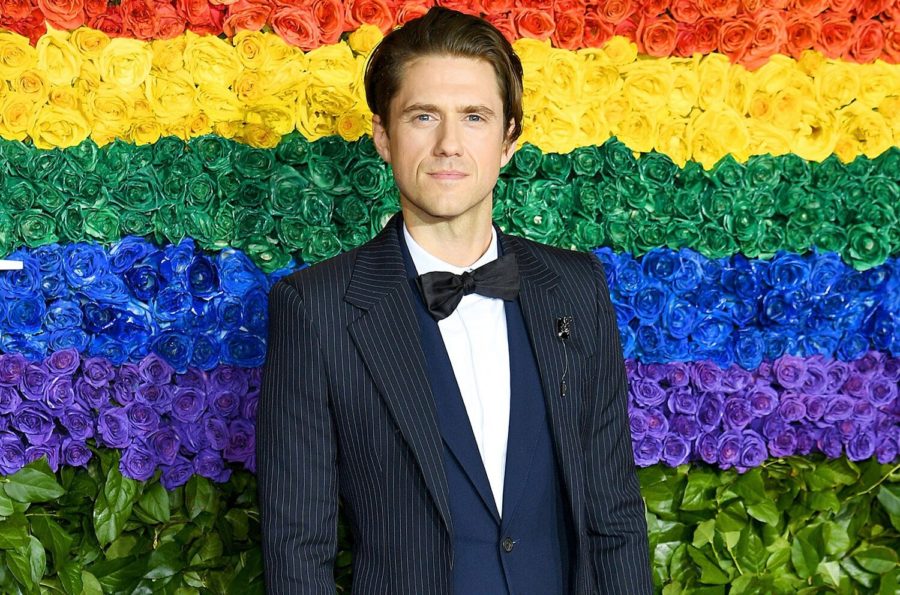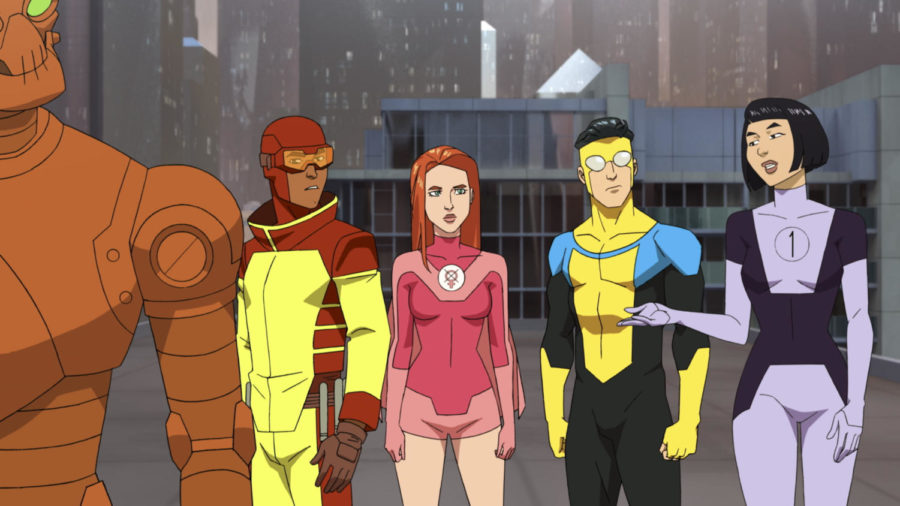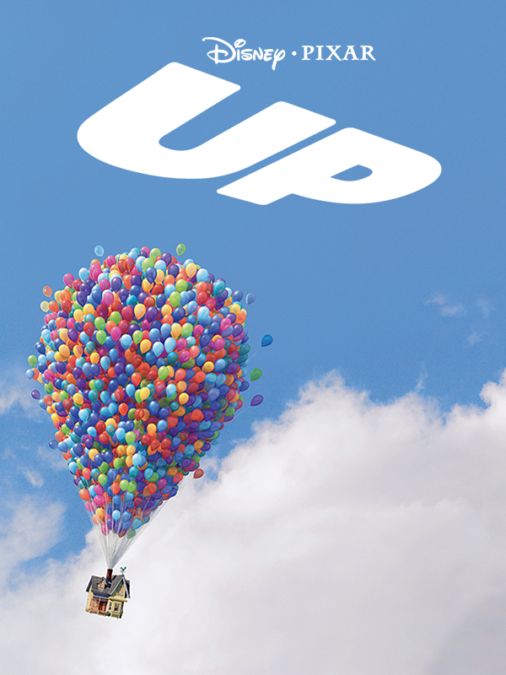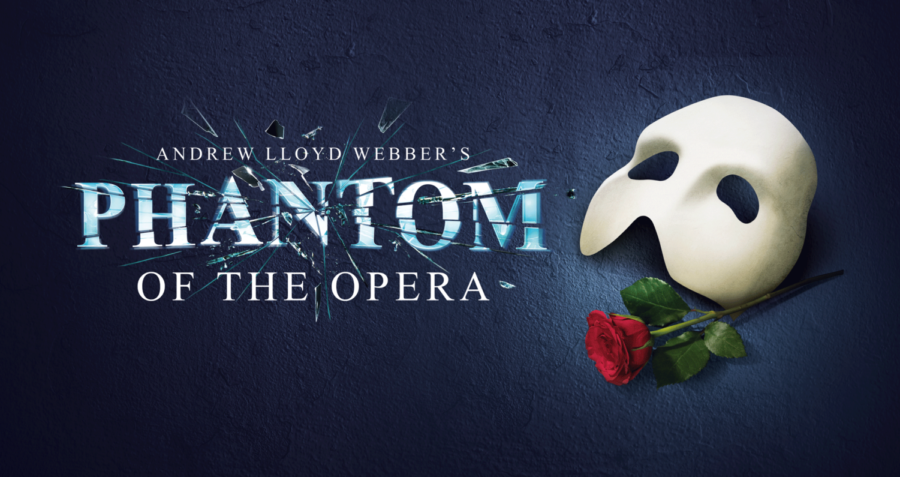It is truly amazing to consider all of the new forms of music that are coming into being as the world of technology progresses—as are the minds who can make such innovation and weave traditional and modern elements together to create an entirely new genre.
As part of the Faculty Recital Series, Scott Meier Ph.D, brilliantly displayed both his musicality and his novel additions to electronic music during his recital “Soundscapes: Part I.”
The recital, which took place on Thursday, March 8, not only entertained the audience immensely but allowed them to see a plane of music that has hardly been touched before on Mercyhurst University’s campus.
Before the performance actually began, Meier gave an interesting introduction to the program, as well as the different instruments that he was going to play during the evening.
He said that he has had the idea of “Soundscapes” in his head since the late 1990s, but it has only been recently that Mercyhurst has had the electronic capability necessary to bring such a performance to life.
Meier played a vast variety of instruments, ranging from a traditional Japanese flute called the Dizi to the
Electronic Wind Instrument, an instrument that sends signals to a synthesizer when played to create different sounds.
What is also unique about this recital is that Meier composed many of the pieces while arranging other pieces to fit his needs.
The first piece, “Longshanks Meets the Funky Fairies,” was said in the program to contain three movements; however, in all of the pieces in this performance that were divided in the program, movements were played so seamlessly that it was impossible to tell where one ended and another began.
“Longshanks Meets the Funky Fairies” began with the sounds of wind through trees, birds and other sounds reminiscent of nature.
Meier said that he wanted “Soundscapes” to one day be a thoroughly sensual experience, and even now, with the performance failing to evoke anything by way of scent or taste, one could feel the music as well as hear it in the low bass of the recording that was used.
The use of the recordings seemed to make up for the lack of stimulation of other senses.
Sophomore Marisa Jacobson said of the atmosphere, “It was really out-of-this world, like nothing I’ve heard at Mercyhurst before.”
The rest of the evening continued on as interestingly as it began, with very abstract artistic ideas entering into it, such as something of a musical collage in the work “Emmanuel,” which took recorded sound bytes and made them into a singular, haunting work.
Over the recording, Meier played a lonely, lyric soprano saxophone melody with strings and piano in the background.
The final piece, “The City,” struck one by the way it seemed to portray a scene of a street musician in real life, but with only one performer speaking to voices on a recording.
The experience was very different and altogether fascinating to watch and listen to.
The audience’s reaction was spectacular, as well; at the end of his performance, Meier received a very long round of applause as well as a standing ovation from his thrilled listeners.
It seems to have been the novelty of the performance that moved people so much.
Freshman Rosie Reed said, “Dr. Meier’s performance was something new and refreshing. It showed his dedication to his work, and his personality really showed through while he was onstage.”
The fact that the programs declare this performance of “Soundscapes” to be only Part I is tantalizing and hopefully means that there will be another of these magnificent offerings on our campus sometime in the near future.






